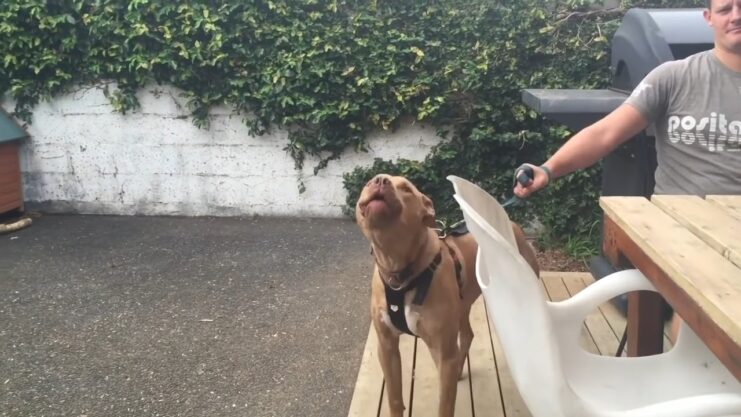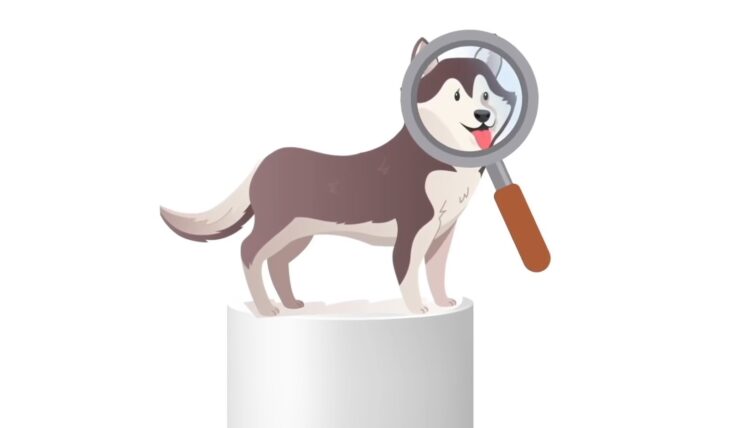There’s a reason dogs are called “man’s best friend.” These loyal, loving, and intelligent creatures are not only our furry companions but also our emotional confidantes. One of the most rewarding aspects of dog ownership is the bond we develop with our pets. However, to create a strong and healthy relationship, it’s essential to understand their body language. Dogs communicate primarily through body signals, and recognizing these cues can help you better understand your canine companion and respond to their needs effectively.
Let’s delve into the basics of dog body language, exploring common signals and their meanings. Whether you’re a new Husky owner or a seasoned Labrador breeder from ResponsiblePetBreedersAustralia, we hope this guide will serve as a valuable resource for you and your ever loyal companion.
Understanding Dog Body Language
1. The Relaxed, Happy Dog
A content and relaxed dog will exhibit body language that reflects their comfortable state. Their ears will be in their natural position, neither forward nor back, and their mouth will be relaxed and slightly open. The dog’s body will be loose, without any visible tension, while the tail will be held in its natural position, potentially accompanied by a gentle wag.
When it comes to movement, the dog will move fluidly, without any stiffness or hesitation. They may also seek out physical contact from their owners, and show no signs of discomfort or aggression when approached.
2. The Playful Dog
When dogs are excited and eager to play, their body language communicates their enthusiasm. The play bow, where the dog lowers its front end while keeping its hindquarters raised, is an unmistakable invitation to engage in a fun activity. A wide, sweeping tail wag indicates happiness and excitement, often accompanied by other playful behaviours such as barking or jumping.
An exuberant dog may bounce around, taking short leaps, and darting in and out of your space, signalling that they want to play. As you begin playing with them, they will often respond with even more enthusiasm, excitedly running around and jumping up in anticipation.
3. The Anxious or Fearful Dog
Recognizing when your dog is feeling stressed, scared, or overwhelmed is essential, as it allows you to address their needs and provide comfort or reassurance. Signs of anxiety or fear include ears pulled back, avoiding eye contact, and a closed or rapidly panting mouth. The dog’s body may be tense, with the tail tucked between their legs, and they may shiver or shake.
When it comes to movement, the dog might pace, cower, or try to hide. It is important to create a safe and comfortable environment for your dog. Try to avoid any situations that could trigger fear or anxiety, such as loud noises or unfamiliar people.
4. The Aggressive or Threatened Dog

Aggression often occurs in response to a perceived threat. Identifying these cues can help prevent dangerous situations. Approach with caution and give the dog space if you notice signs such as ears pinned back, growling or showing teeth, and wide, staring eyes with the whites visible. The dog’s body will be rigid, with the hair on their back raised, and their tail may be stiff and held high or straight out.
In terms of movement, the dog may lunge, snap, or bark aggressively. It is important to stay calm and avoid eye contact with an aggressive or threatened dog. Move slowly and speak softly, using a soothing voice. Avoid sudden movements and do not raise your voice or make loud noises as this may further agitate the animal. If you have to move away, turn your body sideways so that you are not directly facing the dog.
5. The Submissive Dog
A dog that displays submissive body language is trying to appease or avoid conflict, often when interacting with a more dominant canine or human. Signs of submission include ears back, avoiding direct eye contact, and lip licking or yawning as calming signals. The dog’s body will be lowered, with the tail tucked between its legs, and it may roll over to expose its belly, a classic sign of submission.
In terms of movement, the dog may approach slowly with their body low to the ground, or it may crawl toward the person or dog they are submitting to.
6. The Curious or Alert Dog
A curious or alert dog will focus on something that has caught its attention, such as a new sound, smell, or sight. Their ears will be forward and perked, with wide and focused eyes, and they may tilt their head to the side to get a better look or listen. The dog’s body will be upright and poised, with the tail held horizontally or slightly raised.
In terms of movement, the dog may stand still or move cautiously toward the source of their curiosity. It’s important for pet owners to observe their dog carefully during these moments so that they can provide comfort, reassurance, and safety as needed.
7. The Overstimulated Dog

An overstimulated dog may exhibit a mix of excitement, anxiety, and frustration, often in high-energy environments like dog parks or during intense play sessions. Recognizing these signs can help you intervene before your dog becomes overwhelmed. The dog’s ears will be up and forward, and they may pant heavily, bark, or whine.
Their body will be tense and rigid, with the tail held high and wagging rapidly. In terms of movement, the dog may pace, jump, or spin in circles, displaying an inability to settle or focus.
Conclusion
Understanding your dog’s body language is key to building a strong and healthy relationship with your furry friend. By learning to recognize and interpret these signals, you can better anticipate your dog’s needs, emotions, and reactions. Remember that each dog is unique, and individual variations in body language may exist.
With time and experience, you’ll become an expert in decoding your dog’s signals and responding appropriately to ensure their comfort, happiness, and well-being. In doing so, you’ll strengthen the bond you share with your canine companion and enjoy a deeper, more fulfilling relationship with them.

